There are lots of Types of dark green veggies out there, and each has its own benefits. Some contain high amounts of fiber, some are rich in vitamins, and some even boost brainpower.
Vegetables are packed with nutrients that help us stay healthy. They also provide essential minerals and antioxidants that fight diseases such as cancer and heart disease.
Dark green vegetables are a great source of vitamin A, C, K, and iron. They’re also an excellent source of calcium, which is important to bone health.
Vitamin A helps the body absorb other nutrients like beta-carotene, vitamin B6, zinc, and magnesium. It’s also good for vision and maintaining strong teeth.
Vitamin C is needed for normal growth and development. It boosts immunity and can prevent colds and flu.
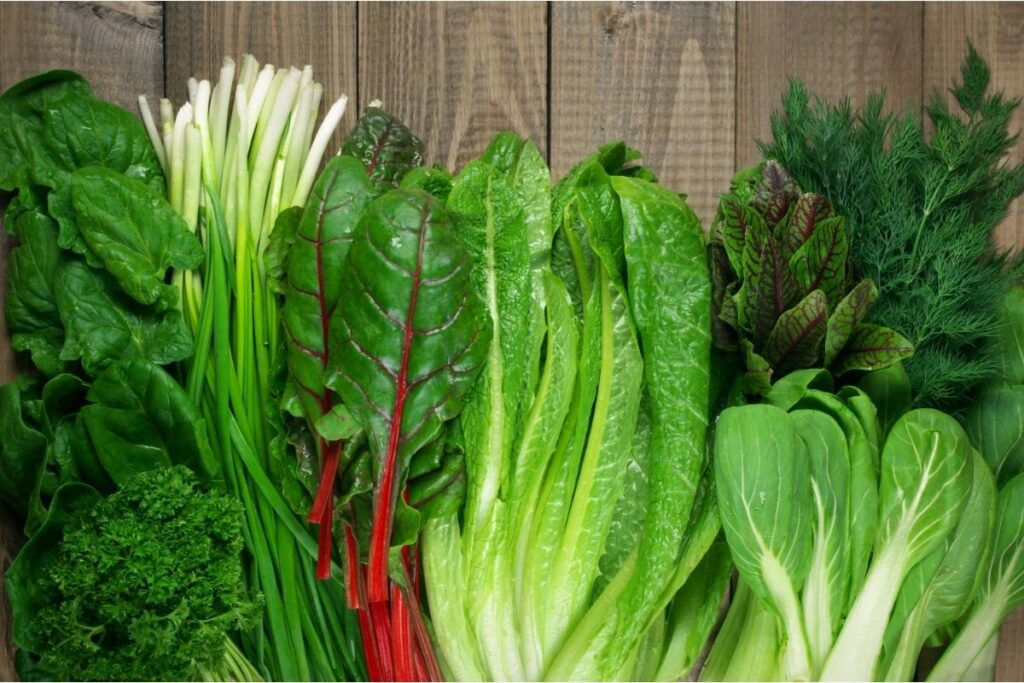
Vitamin K is necessary for blood clotting and bone formation. It also helps keep your skin looking young and fresh.
Iron is used by red blood cells to carry oxygen throughout our bodies. Iron deficiency leads to fatigue and poor concentration.
Calcium is vital for building bones and muscles. It’s also needed for nerve function, muscle contraction, and hormone production.
Carry on reading to discover the different types of dark green vegetables!
1. Broccoli

Broccoli (a member of the Brassica family) contains more than 100% of your daily requirement of vitamin C, which helps to fight infections, and keeps you from getting sick.
It also helps protect against cardiovascular disease because it lowers cholesterol levels. Broccoli is one of the best sources of dietary fiber. It is very easy to find in stores, and the best way to prepare it is to steam it (which ensures it keeps its nutrients).
2. Kale
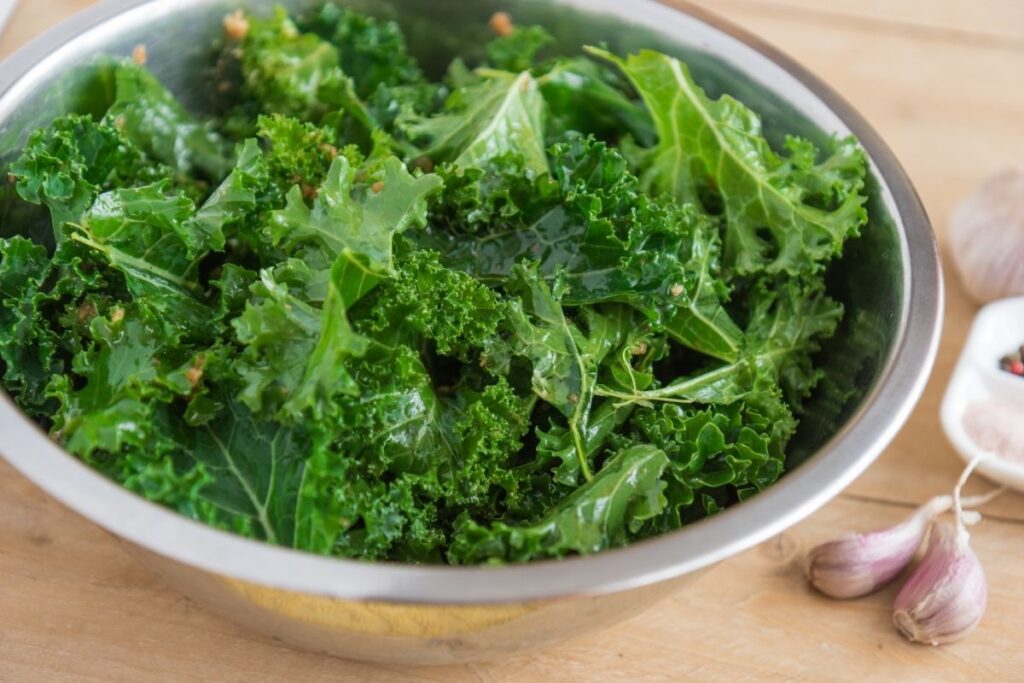
This dark leafy vegetable contains double the amount of vitamin A that your body needs to remain healthy. It also helps build strong bones and teeth.
Kale is a great source of folate, which is important for cell division. Folate is also essential for proper fetal development. Kale is best when boiled or steamed, although you can also sauté it with some spices and other vegetables to make a delicious hot salad.
RELATED: Maranta Lemon Lime: An Easy to Follow Care, Propagation, and Watering Guide
3. Spinach‘
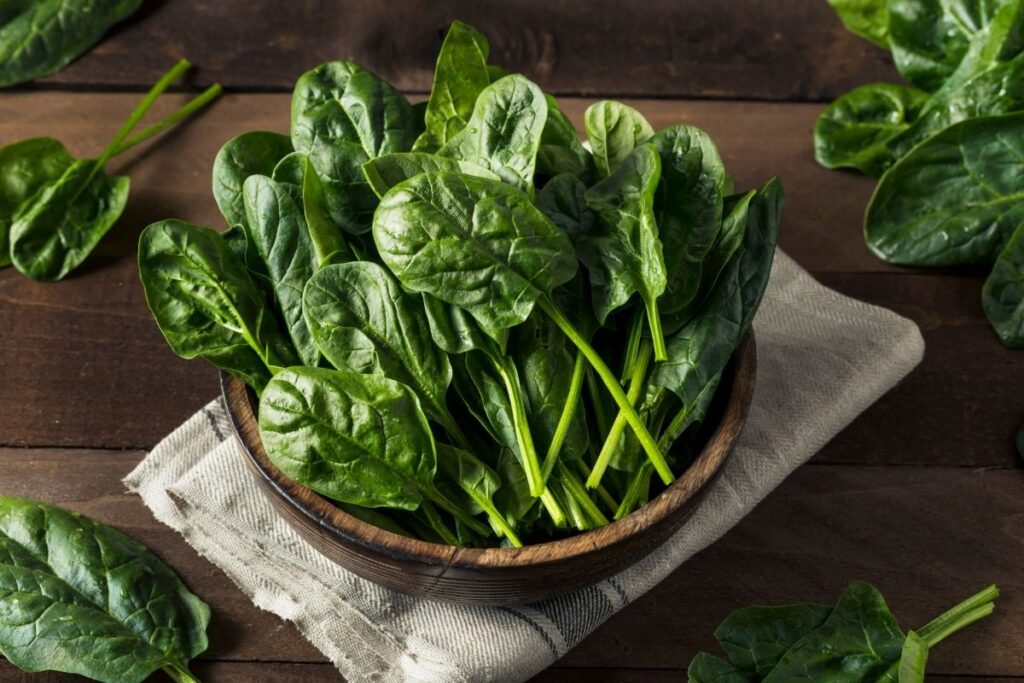
Spinach is loaded with vitamin A, which is essential for eye health and immune system functioning. It is also brilliant for helping to develop your muscles because of its high Iron content.
While there are many types of spinach available, all of them are a dark green color with a fairly mellow taste, so it is easy to add this healthy vegetable to both sweet and savory meals.
4. Mustard Greens
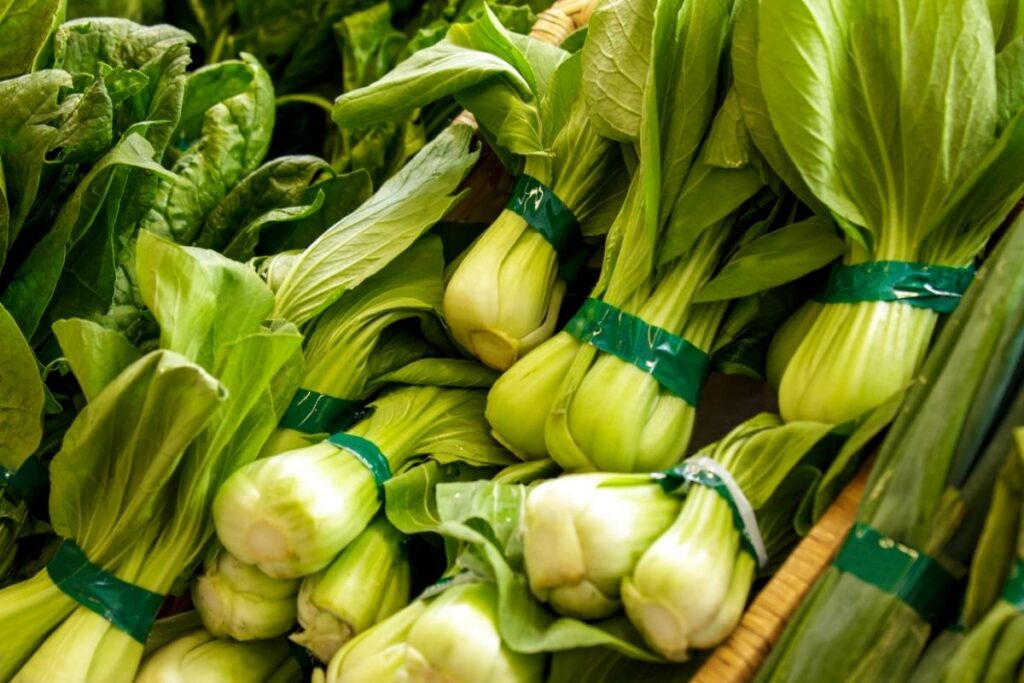
Another member of the Brassica family, these peppery greens contain far more than the daily necessary amount of vitamin K. Mustard greens are also a good source of vitamin C, Calcium, and Magnesium.
They have quite a strong bitter flavor, so they are best when cooked – some people even pickle them! Interestingly, cooking these greens actually increases the levels of vitamin A, K, and copper (quite drastically), but it lowers the levels of vitamin C and E.
5. Collard Greens
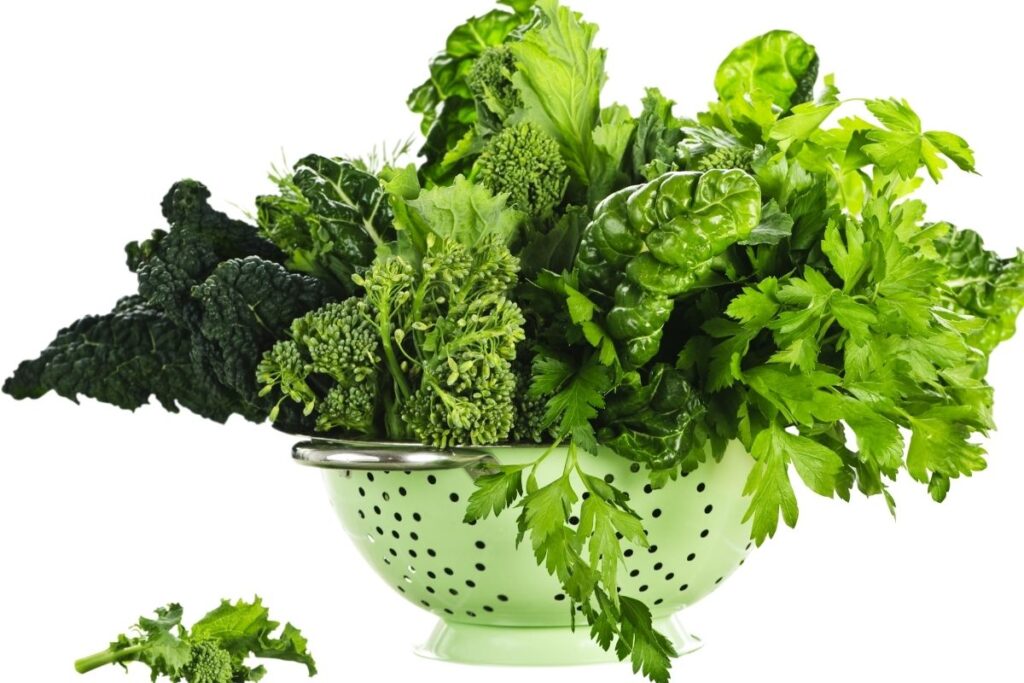
These dark green leaves are packed full of calcium which is essential for healthy bones and teeth. It is also a great source of protein! As with Mustard Greens, Collard Greens have a very bitter taste, which is why it is recommended that you cook this vegetable before eating it.
Medical studies have also proven that eating vegetables like Collard Greens can help to lower your risk of developing certain types of cancer and diabetes.
6. Bok Choy
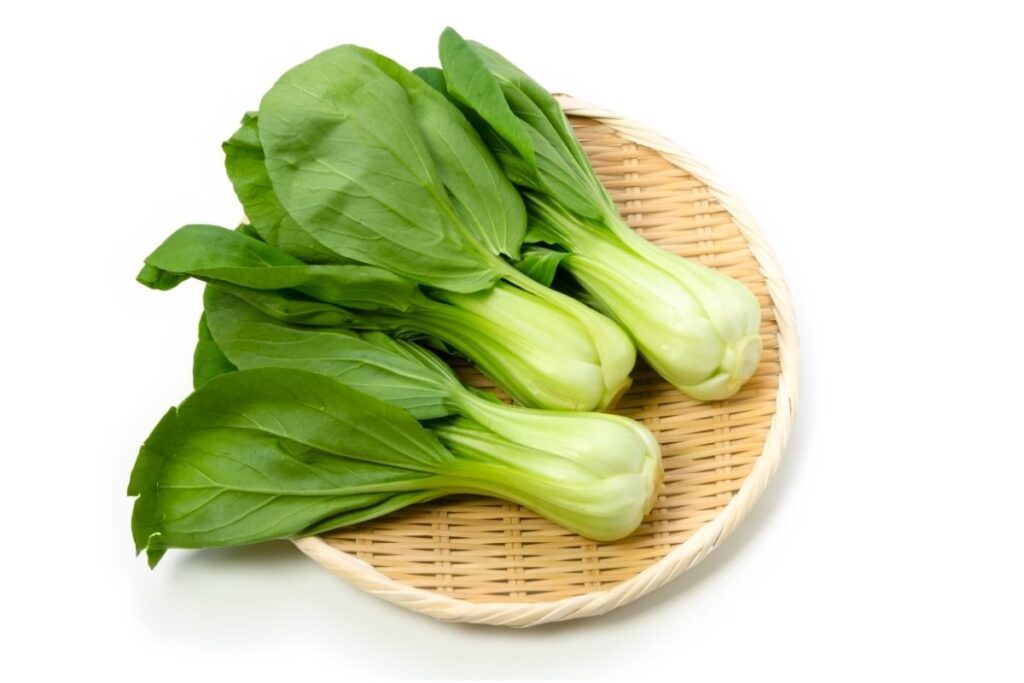
This Chinese cabbage has a milder flavor than most other kinds of cabbage. Bok Choy is a wonderful source of Vitamin B6, which is an antioxidant that protects the brain and nervous system. It is also rich in potassium, which is important for maintaining normal blood pressure.
You can eat bok choy raw, but if you do not want the crunchy texture, you can boil it first. You can then use it as part of a stir-fry or soup.
7. Swiss Chard
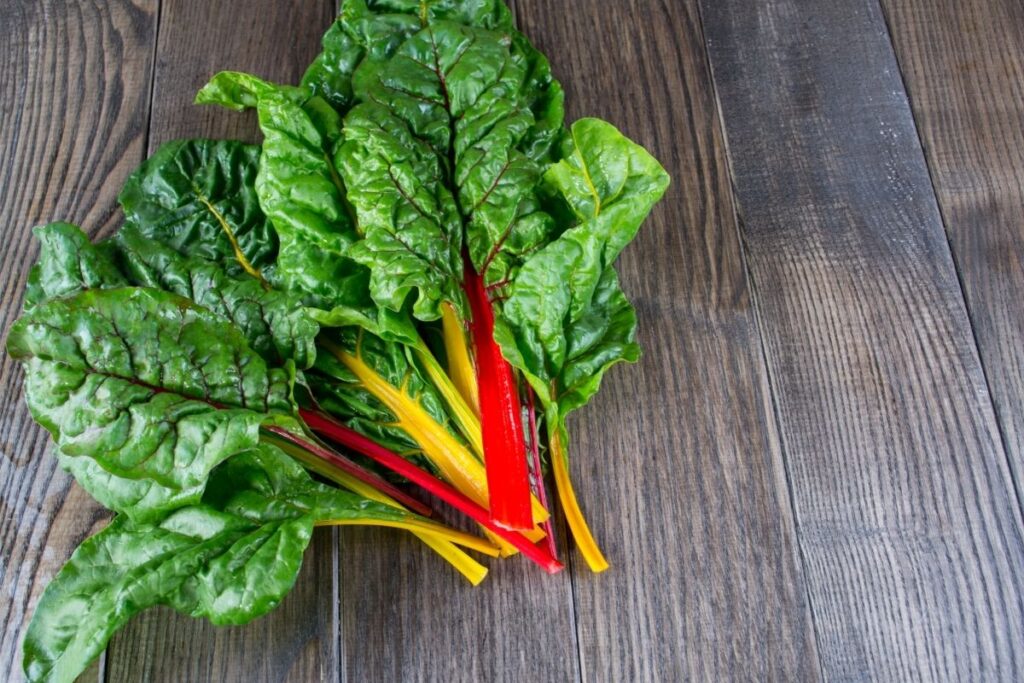
While it also has pops of yellow and red, this leafy green vegetable is packed full of iron, which is vital for energy production. Swiss Chard is also a great source of vitamin K and antioxidants. It is recommended to cook this vegetable before eating it as it can be very bitter when raw.
Many people say that Swiss Chard is the perfect mix between spinach and kale, and its large green leaves are brilliant at bulking up a salad or stir-fry.
8. Parsley
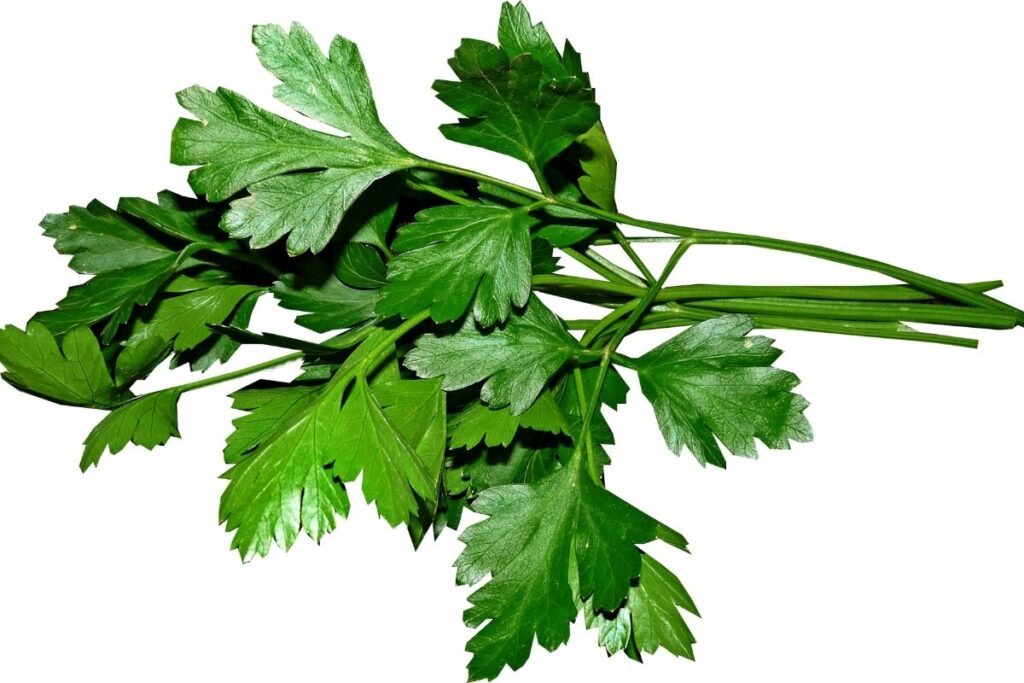
Parsley was historically used medicinally to treat everything from headaches to stomach aches and colds.
While it is mainly used as a herb to add extra flavor to food, it still has a lot of nutrients in its dark green leaves. It is even the case that one cup of uncooked parsley can give you 1000% of your vitamin K daily intake!
9. Dandelion Greens
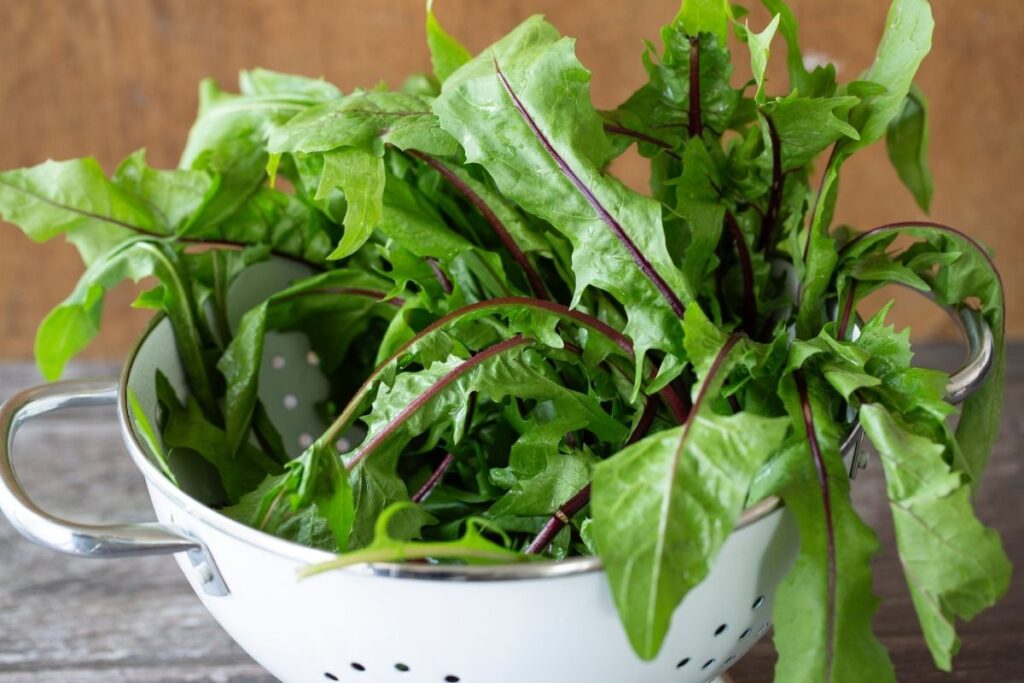
If you love dandelions, you will love their greens too. It can be easy to dismiss these dark green leaves as simple weeds in your garden, but they are delicious and are packed full of vitamins A and C, along with folic acid. Dandelion greens are also a fantastic source of iron and magnesium.
It is probably better to cook them before you eat them, as they do have quite a bitter taste. However, they are delicious in all types of salads and soups.
10. Arugula
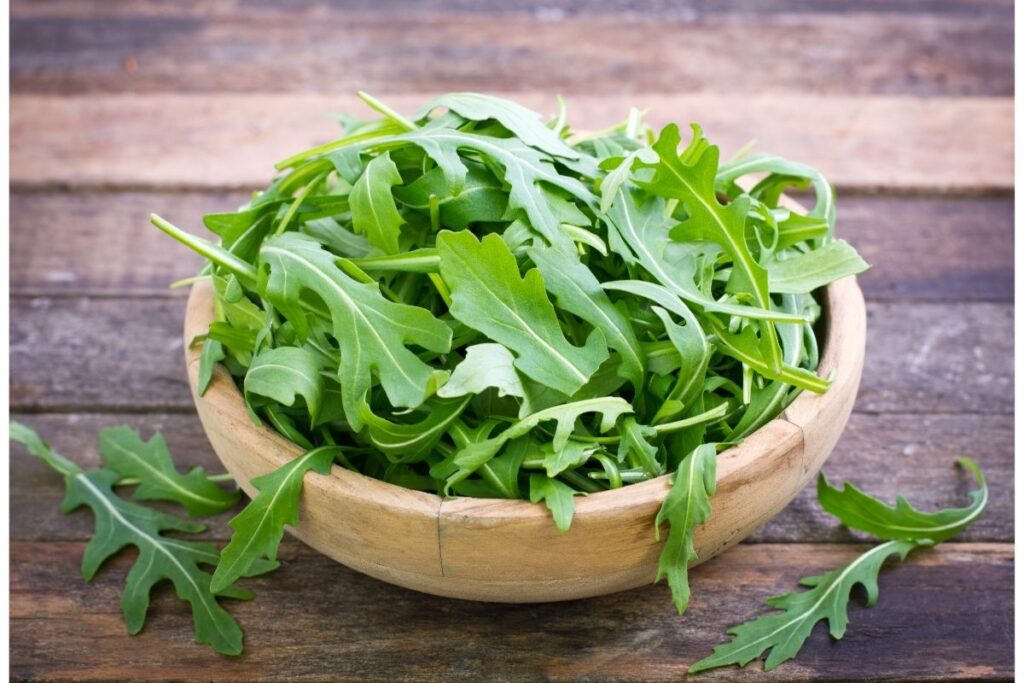
Arugula (more commonly known as rocket) is regularly used in salads and dips because of its strong peppery taste. Interestingly, this vegetable contains a compound that not many other vegetables have called ‘erucin’. This is proven to fight against tumors in the body!
11. Beet Greens

Like arugula, beet greens are often overlooked in favor of more popular varieties such as lettuce and spinach. But while beet greens may look similar to those other two, they contain huge amounts of the standard minerals and vitamins, as well as copper, magnesium, and zinc. It is best to cook these greens as the texture can be quite tough – although they are also brilliant in smoothies.
12. Watercress
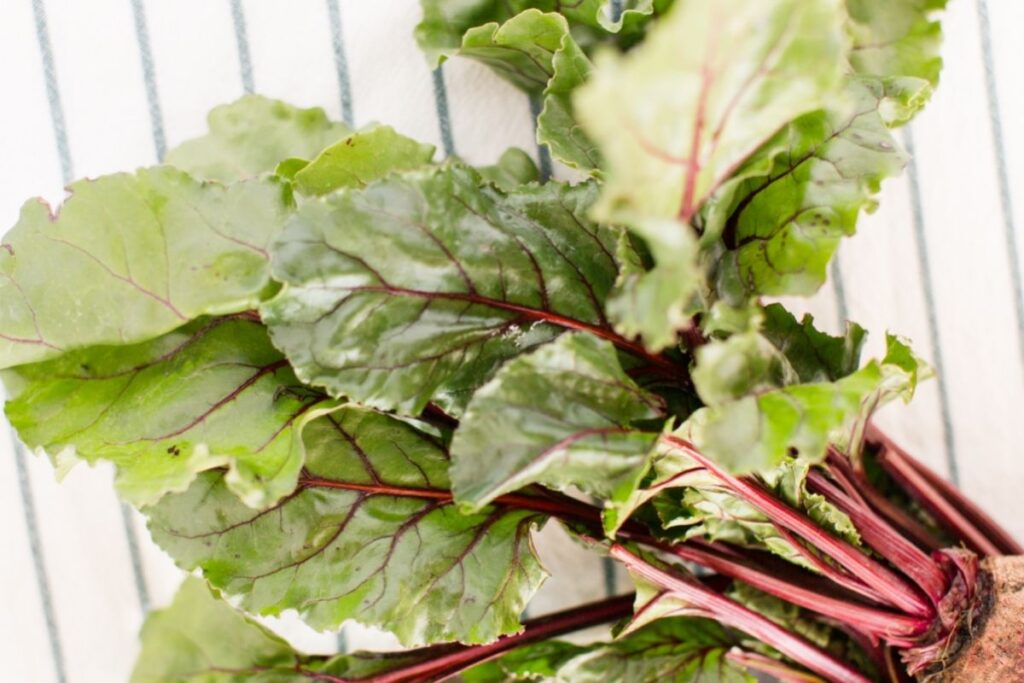
It is no surprise that watercress is so high on our list of favorite green vegetables. Watercress is actually a member of the mustard family, and it is packed full of vitamin C and folate. Interestingly, one cup of watercress only contains four calories, because it is made up of 95% water.
It is extremely easy to grow at home too, so you can have a constant supply of this healthy dark green vegetable for your salads and sandwiches.
RELATED: Top 10 Types of Elm Trees| Elm Tree Uses, Pictures and Identification Guide
13. Brussels Sprout

Another member of the cabbage family, brussels sprouts are another excellent source of fiber, vitamin C, and folate, making them a great addition to any diet.
They are also rich in potassium, manganese, phosphorus, and vitamin K, making them one of the most useful dark green vegetables to have in your diet. Brussels sprouts should always be cooked before consuming them, as they can be rather bitter if eaten raw.
14. Wild Cabbage
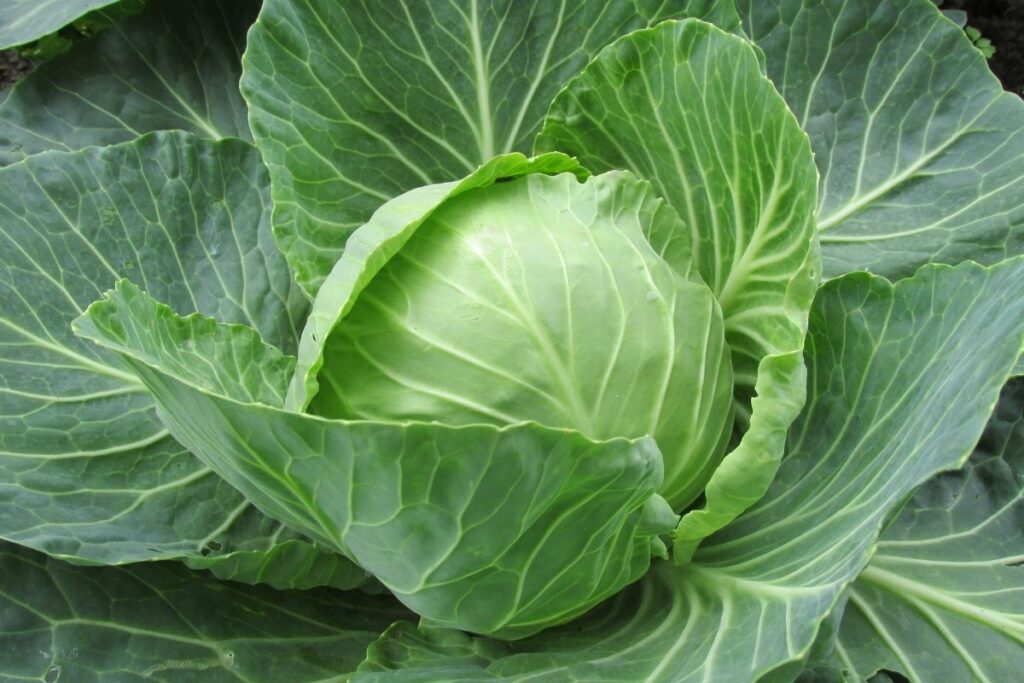
Wild cabbages are a type of cabbage that grows throughout Europe. These plants are smaller than regular cabbages, particularly in terms of the flowering heads that look like broccoli.
Wild cabbages are very nutritious, containing large amounts of calcium, folate, vitamin B6, vitamin E, and vitamin C. While you can eat the leaves and stem of wild cabbage raw, you should only aim to eat the younger stems to make it as tasty as possible.
15. Romaine Lettuce
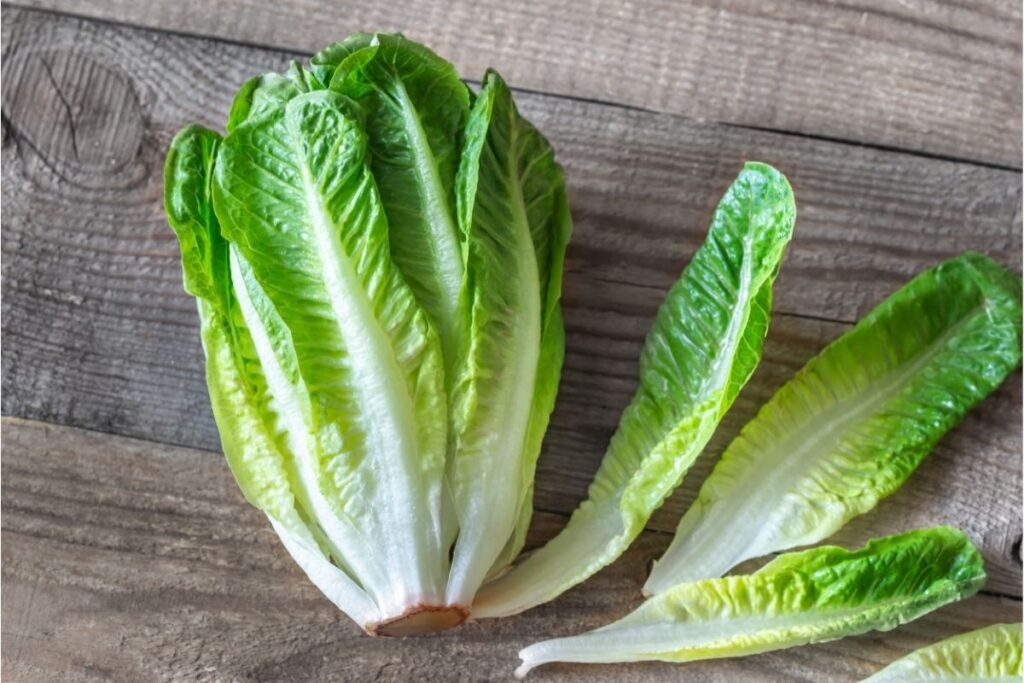
Lettuce is perhaps the most common leafy green vegetable around. Because of its darker color, Romaine Lettuce contains a huge amount of nutrients, and it is very low in calories, which is why it is so commonly used in salads and as a ‘health food’.
Interestingly, it has become increasingly popular to cook this type of lettuce – particularly in the form of grilling it!
Frequently Asked Questions
What Counts As A Cup Of Vegetables?
One cup of cooked vegetables contains approximately 40g of carbohydrates, 10g of protein, and 20g of fat.
This means that 1 cup of cooked vegetables provides about half of your daily carbohydrate requirement, around 15% of your daily protein requirement, and 25% of your daily fat requirement.
How Can You Include More Dark Green Vegetables In Your Daily Diet?
It is surprisingly easy to increase your intake of dark green vegetables. It is best if you choose a wide range of varieties of these types of vegetables too.
Some of the best ways to eat dark green vegetables are by adding them to soups, salads, sandwiches, stir-fries, and pasta dishes.
To Sum Up
The list above shows just how many types of dark green vegetables there are out there. They have numerous health benefits and are packed full of nutrients.
If you don’t know what to grow in your own backyard, try growing some ones listed here. The more variety you have available, the easier it is to get your 5-a-day!







